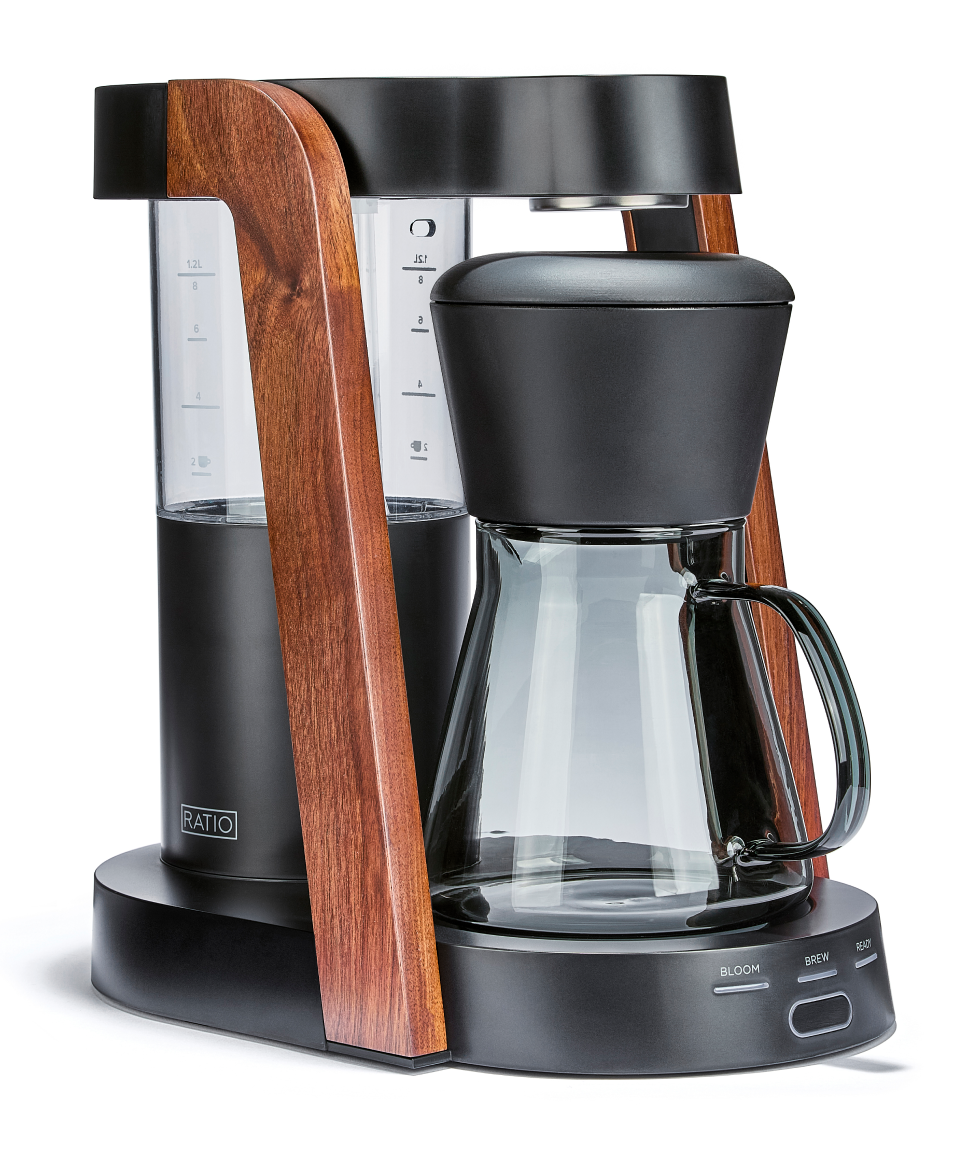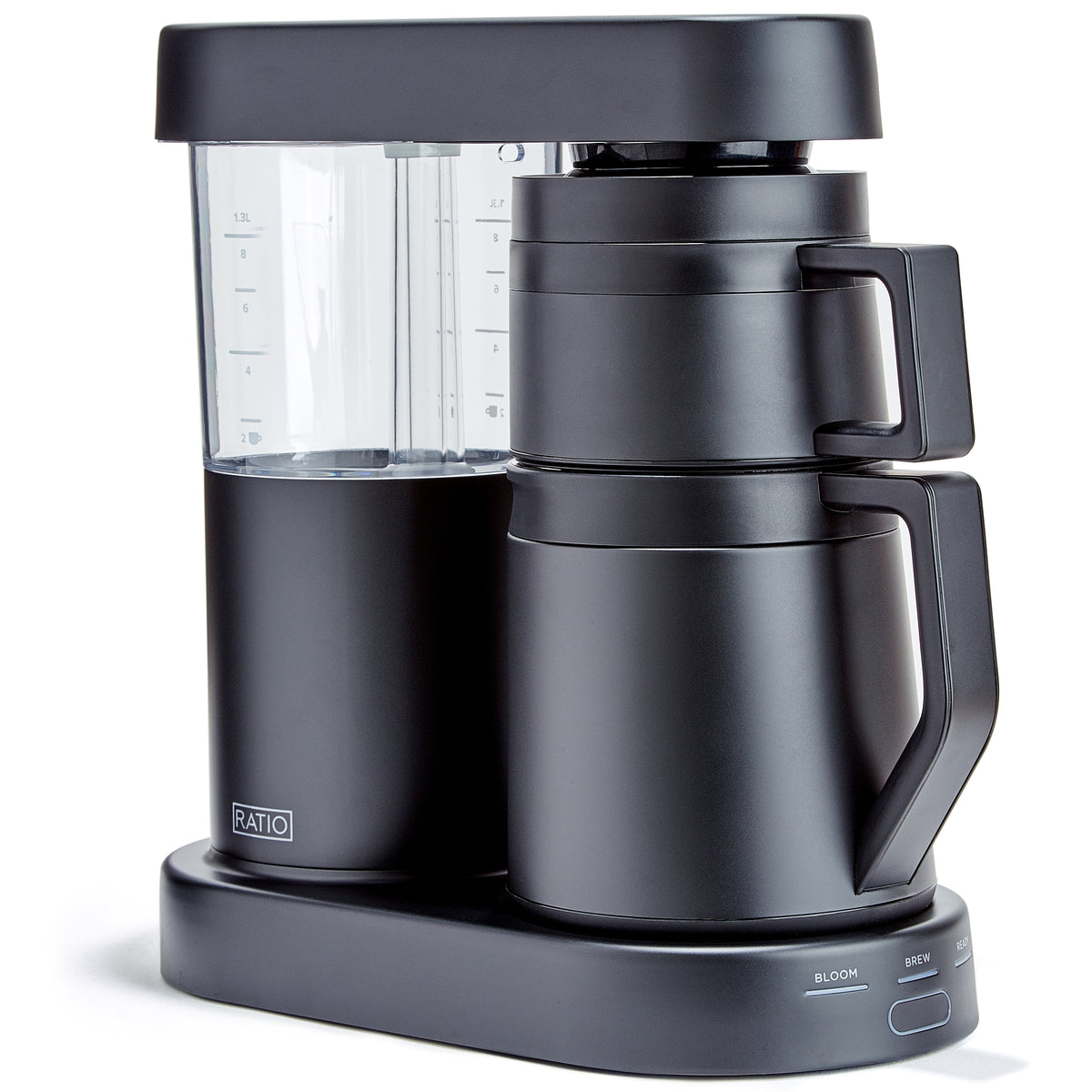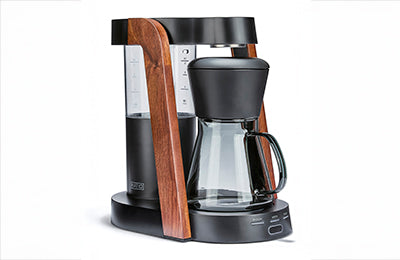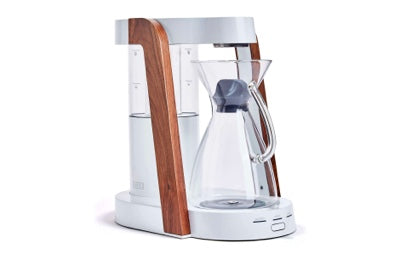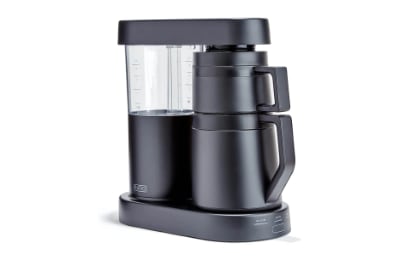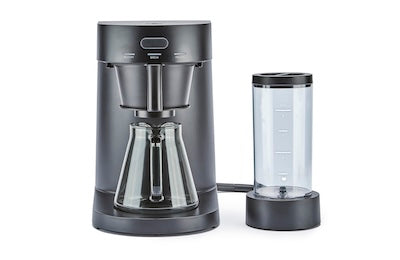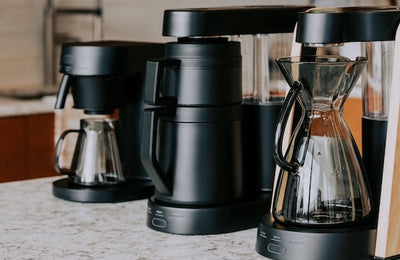Why Pouring Too Fast Can Kill the Flavor in Your Coffee
Key Takeaways
- Pouring too fast can lead to uneven coffee extraction and a loss of flavor.
- A slow, controlled pour enhances the flavor by allowing balanced extraction.
- Water temperature and grind size significantly impact the coffee brewing process.
- Brewing methods like pour over and French press influence pouring techniques.
- Freshness in coffee beans is vital for preserving the best flavor and aroma.
The art of brewing coffee is a delicate dance where patience plays a crucial role. Pouring water too quickly over your coffee grounds disrupts this dance, resulting in a suboptimal extraction process. This haste can lead to uneven saturation, where some grounds soak longer than others. When learning how to make coffee, particularly with methods like pour over, you start to appreciate that patience ensures balanced flavors. Coffee extraction relies on a consistent pour rate to extract the right compounds from the coffee grounds, enhancing your drink's taste and aroma. Unlike the French press, pour over requires more precision, highlighting the importance of a controlled, steady hand.

Understanding the Art of Pouring Coffee
Pouring coffee is an art form that significantly impacts the flavor profile of your brew. When you embrace a slow and steady pour, you grant the coffee grounds sufficient time for a thorough extraction. This process is essential in unlocking the symphony of flavors embedded within each ground. Unlike the pour over method, where controlled pouring is crucial, the French press does not require the same precision, highlighting the unique nature of each brewing style.
Mastering how to make coffee involves understanding the intricacies of extraction. The rate at which water is poured affects how flavors and aromas are drawn from the coffee. Pouring too quickly can result in an under-extracted brew, lacking in richness and complexity. By regulating the pace, you ensure that the water effectively interacts with the coffee grounds, optimizing the drink's potential.
Looking ahead, the art of pouring coffee is anticipated to evolve with new techniques that enhance flavor preservation. As more individuals explore different brewing methods, the distinction between pour over vs French press may become more pronounced. With continued experimentation, coffee enthusiasts are poised to discover innovative ways to perfect their pour, deepening their understanding of coffee extraction and enriching their overall brewing experience.

The Role of Water Temperature in Pouring
Water temperature is a vital component in pouring coffee that profoundly influences the final taste. When the water is too hot, it can scorch the coffee grounds, leading to a bitter flavor. Conversely, tepid water may result in weak extraction, stripping the coffee of its full-bodied taste. Striking the right balance around 195-205°F allows for an optimal extraction, adding depth and sweetness to your brew.
For how to make coffee perfectly, understanding water temperature is key to unlocking potential flavors. This applies to both pour over and French press methods, though the precise control in pour over emphasizes its significance more. With careful temperature management, you avoid the pitfalls of flavor depletion that often accompany hasty, inconsiderate brewing.
Looking at how water temperature impacts coffee extraction through the lens of its chemistry, we can see that it effectively manipulates the dissolving of solubles in coffee grounds. The interplay between temperature and other variables, such as grind size or brewing time, reveals a complex yet rewarding relationship. As you refine each aspect, your ever-evolving coffee journey becomes one of exploration and discovery, highlighted by the rich aromas and flavors that warmly greet each morning brew.

Pouring Techniques for Optimal Flavor
Mastering pouring techniques is essential to ensuring your coffee reaches its full flavor potential. A gentle, circular motion from the center to the edges of the coffee bed during the pour over process helps evenly saturate the grounds. This motion encourages consistent extraction, allowing the flavors to develop fully. Between pour over vs French press, pour over benefits significantly from precision pour techniques, magnifying the nuanced notes within your cup.
A steady hand and a mindful pace are crucial in this craft, preventing the pitfalls of hurried brewing. Pouring too fast causes turbulence, leading to uneven extraction and undesirable flavors. By carefully controlling your flow rate, you allow the coffee to reach a harmony of taste, consistency, and aroma, elevating your drinking experience. This method represents a key step in how to make coffee with richness and depth.
What most people don’t see about perfecting coffee flavors is the behind-the-scenes precision pouring detail that makes all the difference. Small adjustments in pour technique can dramatically affect the outcome, showcasing the hidden expertise and passion that brews within each cup. Embracing these subtle yet impactful details enhances your appreciation for the ritual, inviting you into a world where every pour reveals a new flavor story.

Impact of Grind Size on Pouring Technique
Grind size plays a pivotal role in determining how water interacts with coffee grounds during pouring. A finer grind offers a larger surface area, which facilitates quicker extraction but requires careful water flow management. Conversely, coarser grains slow the extraction process, necessitating a different pouring technique to ensure balance. Each grind size demands a unique approach to preserve the integrity of flavor, particularly in pour over brewing where precision is key.
The consistency of your grind size can make or break the coffee extraction process. An uneven grind, often caused by subpar grinders, leads to an inconsistent pour, affecting the final taste. Fine particles can cause over-extraction, while large chunks remain under-extracted. By maintaining an even grind, you enable more controlled water flow and texture, vital components of a flavorful brew.
One unpopular opinion about grind size and pouring technique is that adhering strictly to standard grind sizes isn't always necessary. Some choose to tweak grind size based on personal flavor preferences rather than strict rules. While not traditionally recommended, this approach can yield a tailor-made coffee experience, reflecting personal tastes and diversifying the flavor profiles achievable through different techniques.
Understanding the balance between grind size and pour rate can enhance both the pour over and French press methods. For pour over, adjusting your grind size fine-tunes the extraction, while with the French press, a consistent coarse grind ensures a robust flavor profile during immersion brewing. Knowing how to make coffee that caters to individual taste buds starts with exploring how each variable contributes to the overall experience.
The nuanced interplay between grind size and pouring method broadens your coffee-making artistry. By refining each detail, you become an artisan in your kitchen, celebrating the possibility found in each cup. Embracing these variables extends beyond traditional approaches, offering an adventure in flavor discovery and enhancing your understanding of coffee creation.

The Importance of Freshness in Coffee Beans
Freshness in coffee beans is a critical component that directly influences the taste and aroma of your brew. As coffee beans age, they lose volatile compounds responsible for their rich flavors, leading to a dull and lackluster cup. Using fresh beans ensures that you capture the full spectrum of flavors your coffee can offer, enriching your tasting experience whether you favor pour over vs French press techniques.
Preserving the freshness of coffee begins with proper storage. Whole beans retain their essence longer than ground coffee, and keeping them in an airtight container away from light and heat prolongs their viability. This provides an excellent base for effective coffee extraction, enhancing each method's unique characteristics. The difference freshness makes becomes apparent in the vibrancy of your morning brew.
To truly understand the importance of coffee freshness, you need to shift your mindset from viewing beans as a long-lasting pantry staple to appreciating them as a perishable product. This new perspective endorses a cycle of buying smaller quantities more frequently, ensuring consistent quality and boosting your coffee-making prowess. Freshness is not merely an addition to your routine; it’s an evolution in appreciating the craft.
Engaging with freshly roasted beans enables a deeper connection to the coffee-making process. The journey from green beans to your cup becomes more intentional, revealing the intricate artistry behind how to make coffee that truly excites the senses. Each pour is an opportunity to savor the delicate balance of aroma and taste that fresh beans offer, inviting you into a richer coffee experience.

Brewing Methods and Their Influence on Pouring
Different brewing methods offer distinct influences on your pouring technique, shaping the nuances of your final brew. In methods like the pour over, the act of pouring becomes an integral ritual, where precision and patience define the character of the coffee. By maintaining a slow, even flow, you facilitate balanced coffee extraction, unveiling layers of flavor that might otherwise remain hidden.
Comparatively, the French press method emphasizes immersion over precision pouring. Here, uniform saturation takes precedence, providing a hearty, full-bodied coffee experience. Each brewing style orchestrates a unique interaction with the coffee grounds, spotlighting the importance of understanding how to make coffee that resonates with your personal taste preferences.
In the next few years, brewing methods are likely to evolve with new technologies enhancing precision and flavor extraction. This evolution will likely encourage an even more sophisticated approach to pouring techniques, stressing their vital role in highlighting optimal flavors. As the coffee industry innovates, the interplay between brewing methods and pouring styles promises to become an even more exciting canvas for coffee enthusiasts.
Exploring varied brewing methods broadens your appreciation for coffee's diverse taste profile. As you delve into each style, you activate a journey of flavor exploration, where your approach to pouring serves as a guide. Whether you lean towards the meticulous nature of pour over or the bold simplicity of a French press, each method reveals its unique imprint on your daily coffee ritual.
Frequently Asked Questions
Why does pouring too fast affect coffee flavor?
Pouring too fast can lead to uneven saturation of the coffee grounds, resulting in inconsistent extraction and a less flavorful brew.
What is the ideal pour rate for coffee?
A steady, slow pour that allows all the coffee grounds to be evenly saturated is ideal for maximizing flavor extraction.
Does the water temperature matter when pouring coffee?
Yes, water temperatures between 195-205°F are optimal for coffee extraction, enhancing flavor without causing bitterness.
How does grind size affect pouring technique?
Grind size influences the rate at which water passes through the coffee; finer grinds require slower pours to prevent over-extraction, while coarser grinds can handle a quicker flow.
Can brewing methods alter how I should pour?
Yes, different brewing methods like pour over and French press have unique requirements and impacts on pouring techniques, affecting the overall flavor.
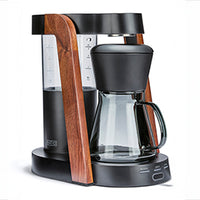 Ratio Eight S2
Ratio Eight S2
 Ratio Eight Original
Ratio Eight Original
 Ratio Six
Ratio Six
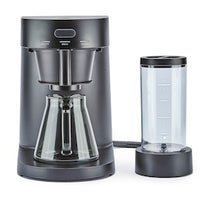 Ratio Four
Ratio Four
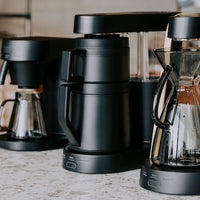 Compare Machines
Compare Machines
